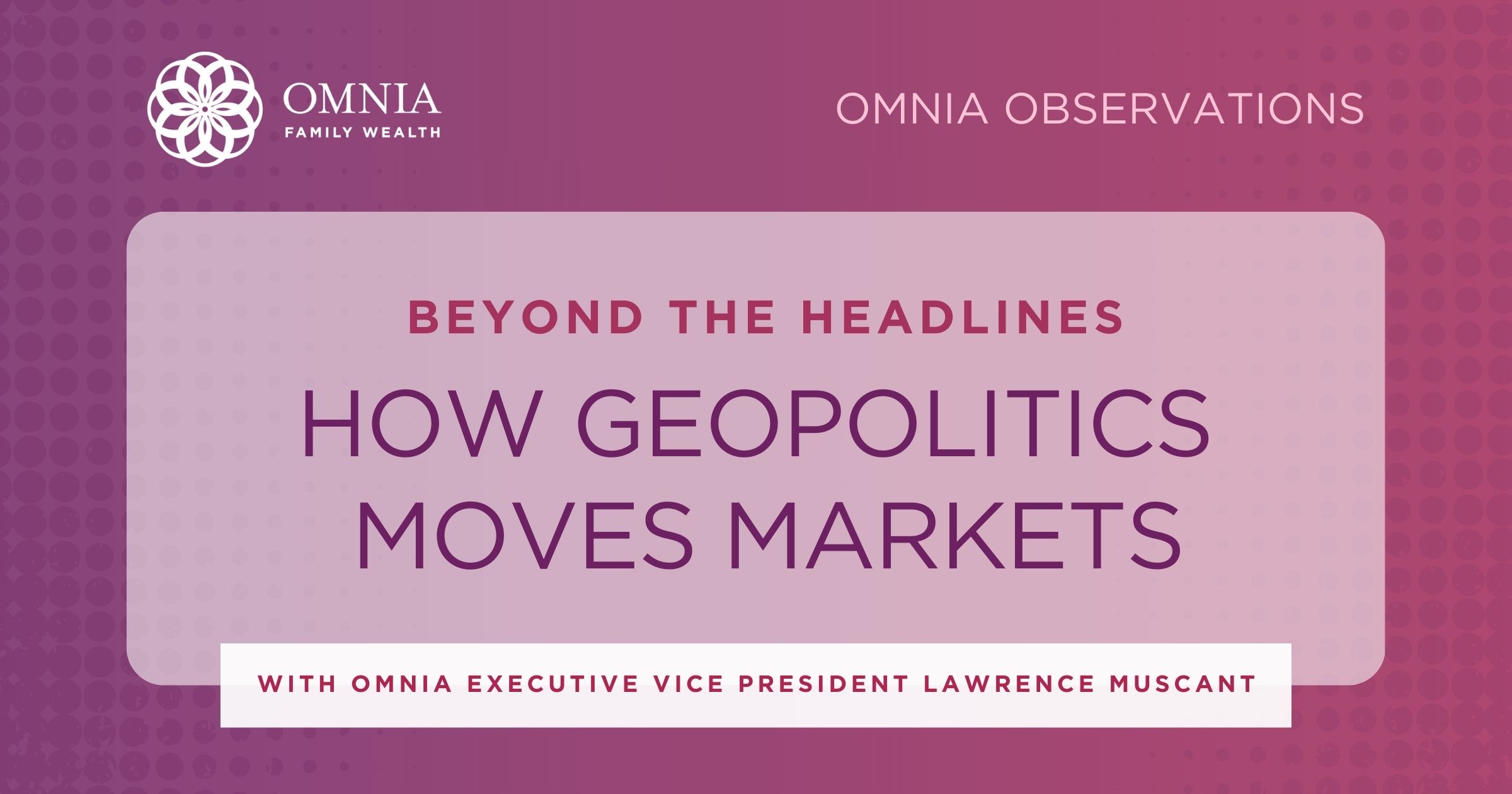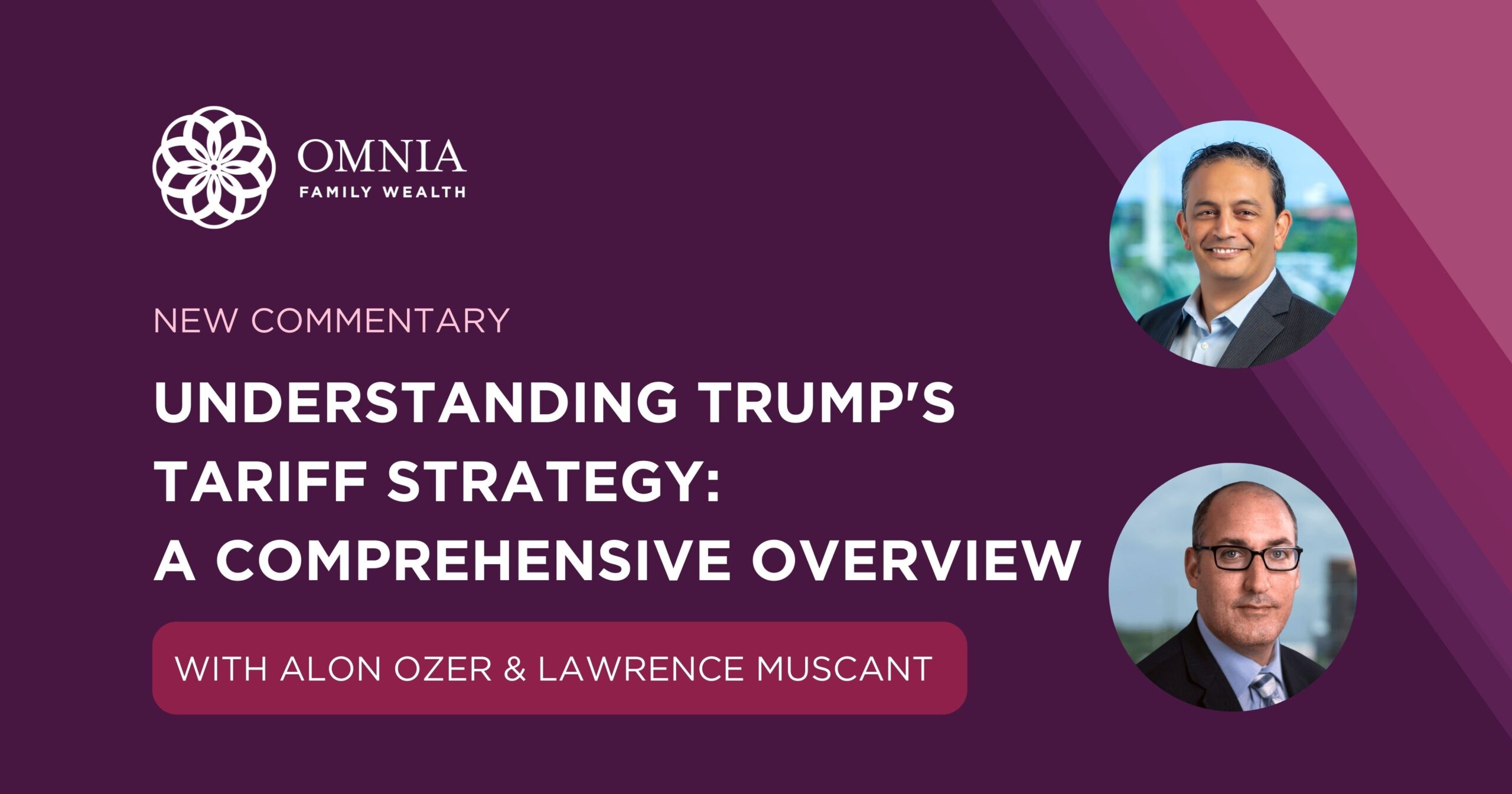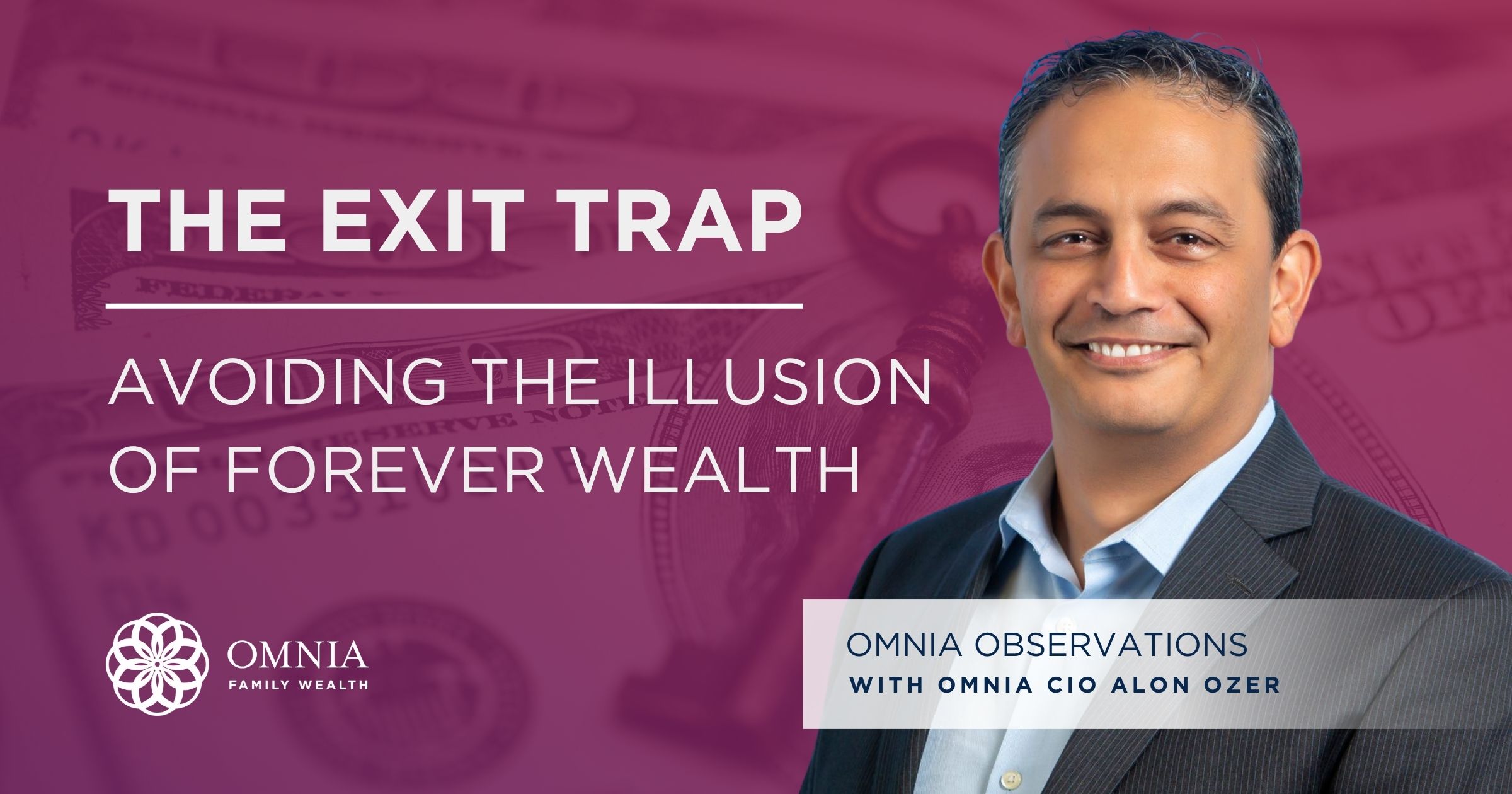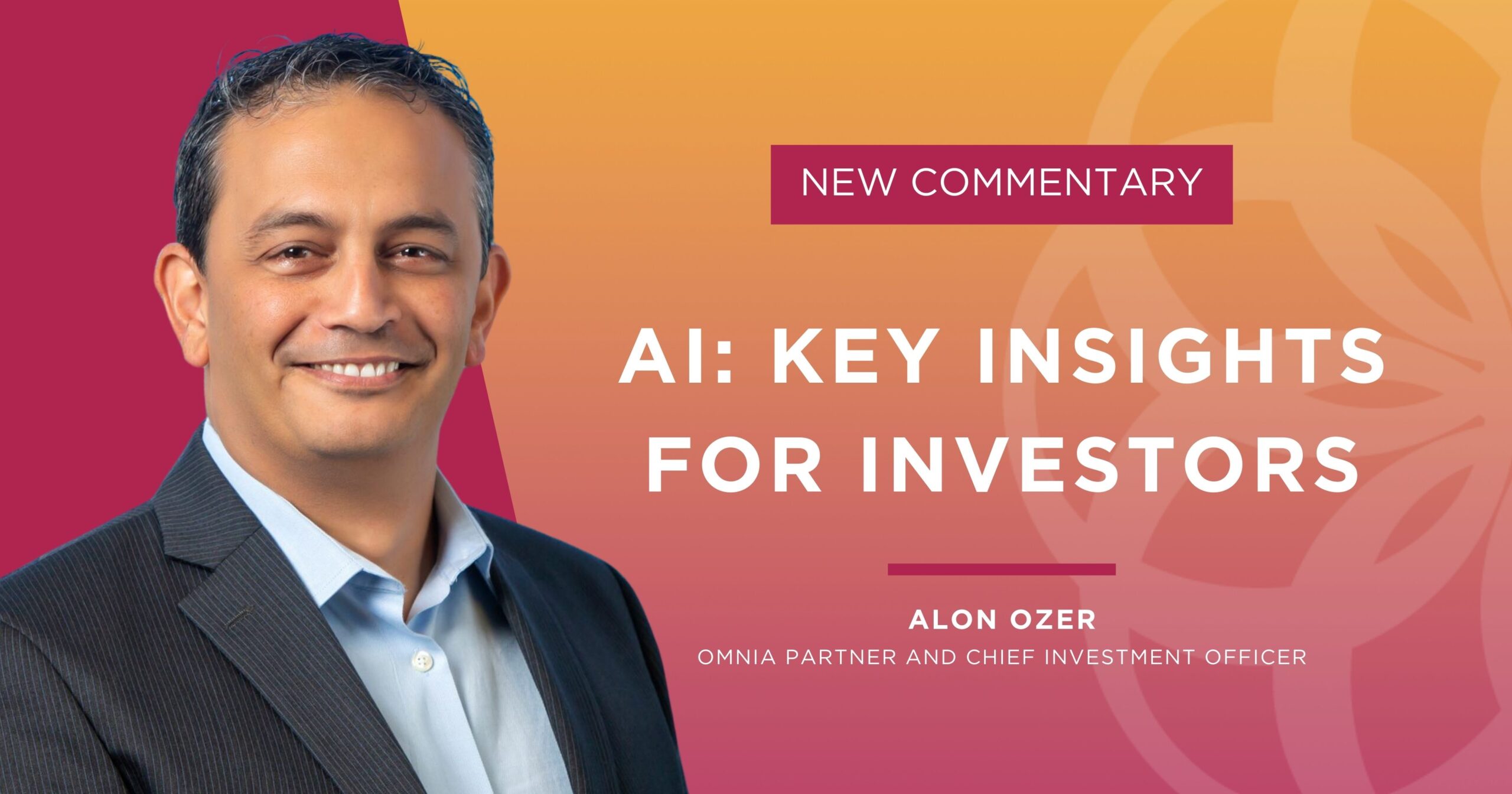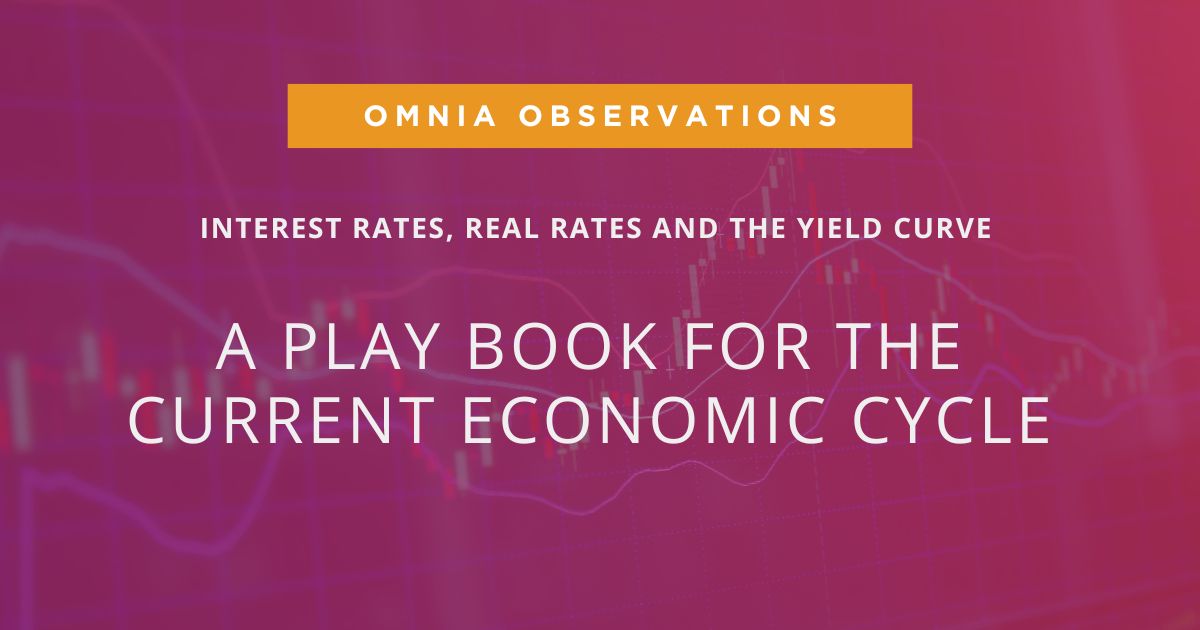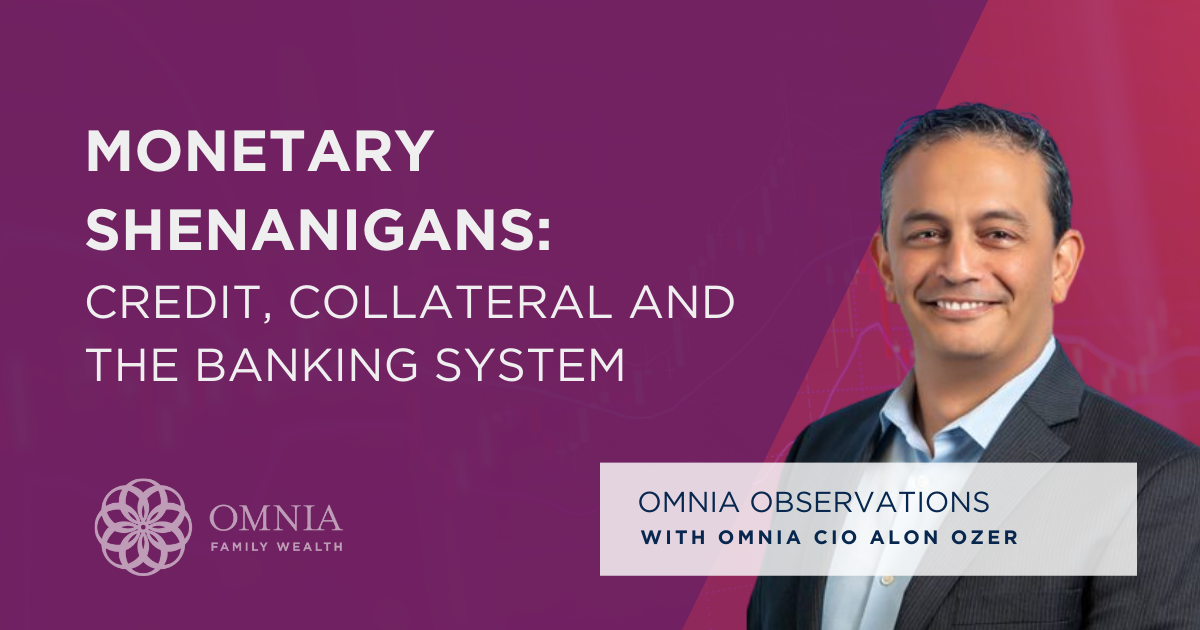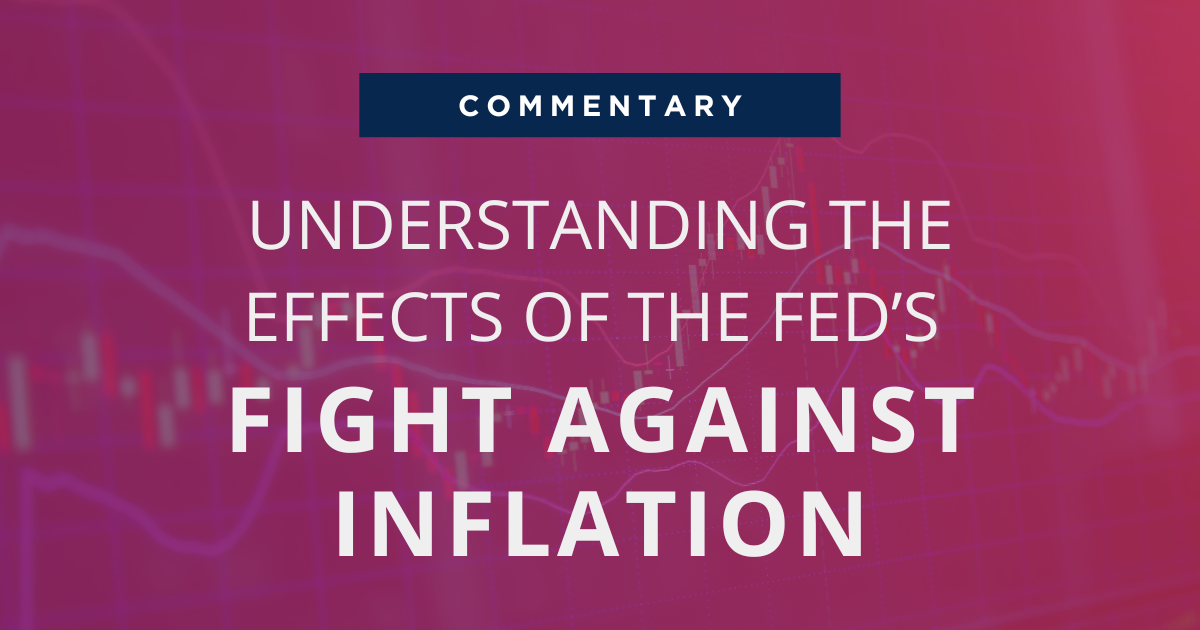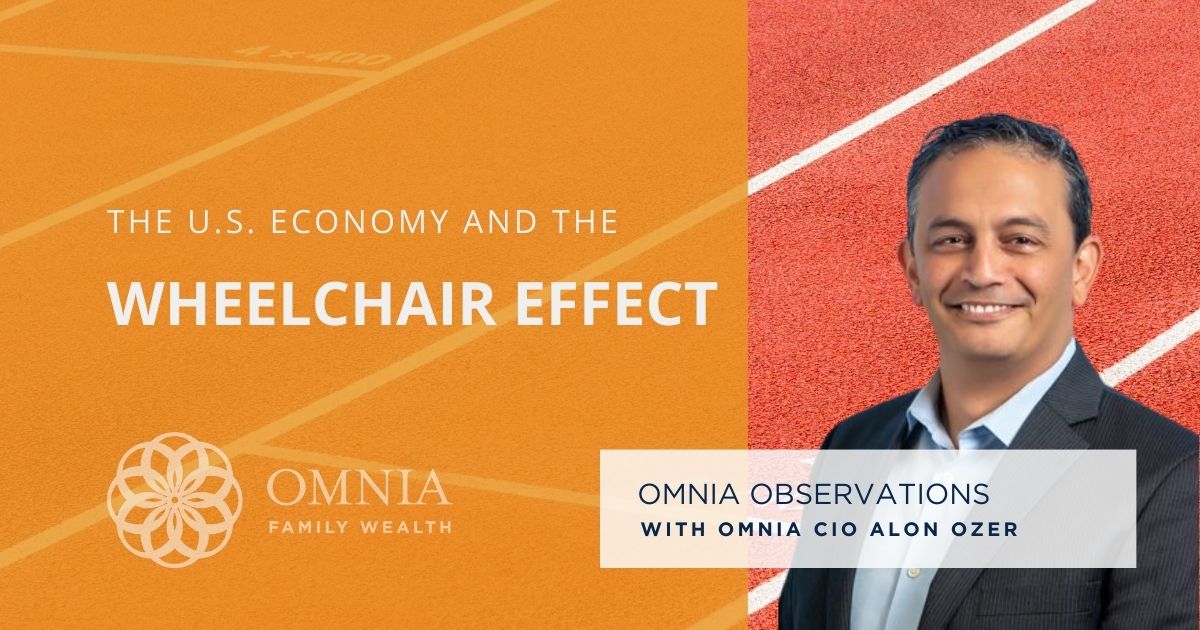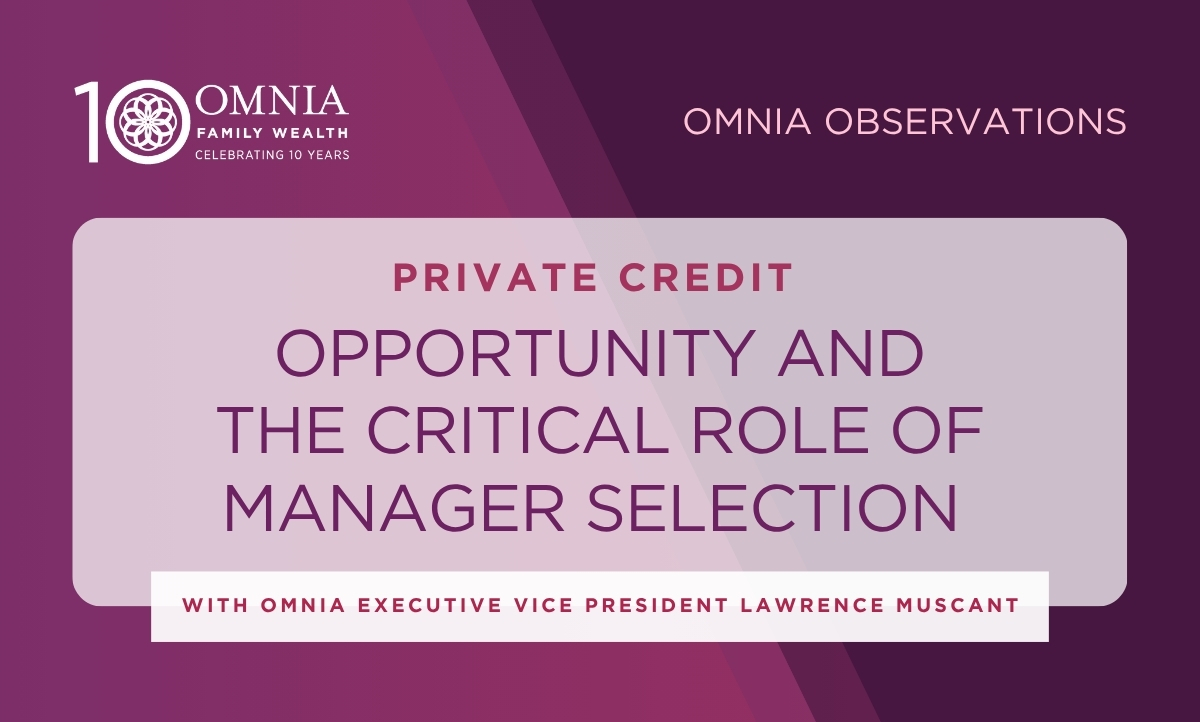
Excessive Risk-Taking or a Paradigm Shift in Markets and Society?
In early 2020, the world was hit by the COVID-19 pandemic and economic activity was put on hold due to lockdowns. Global supply chains broke down, equity markets fell hard, governments were baffled by the fast spread of the virus and struggled to come up with solutions. There was a sudden realization that we are vulnerable in ways we did not consider previously. We began to have doubts about our personal safety, our financial future and the ability of governments to deal with a worldwide pandemic. Our reliance on other countries for crucial components for medical devices, pharmaceuticals and semiconductors for basically everything we use on a daily basis came into sharp question as did the fragility of important supply chains. Pandemic Lays Bare U.S. Reliance on China for Drugs
As expected, the market’s immediate reaction was a big “risk off” trade. Investors did not want to be exposed while facing an unknown future. But then something unexpected happened.
As governments and central banks began injecting money into markets and cash into people’s hands to support and stimulate their economies, individual risk appetite suddenly changed dramatically. People began looking to take much more risk than they used to in the past, especially considering that we were in the midst of a major negative global event. The shift was so apparent and dramatic that it begs the question whether something fundamental has changed in the way society perceives risk, not only in financial markets, but in daily living.
It is hard for me to say if the pandemic was the cause for this shift or simply an accelerator for an existing trend of excessive feelings of confidence and a “YOLO” (You Only Live Once) mentality. However, the risk-taking phenomenon is real and notably increased since the pandemic began.
“The Great Resignation” as a Measure for Risk Appetite
During 2020, resignation rates in the US fell due to the fear and uncertainty caused by the pandemic. People did not want to take the risk at an uncertain time. However, just one year later, workers began leaving their jobs at unprecedented rates. This is what has been referred to as the Great Resignation. The estimate is that 75.5 million people in the US quit their job in 2021.

The reasons for this massive wave of resignations could be many. Some are discussed in this survey done by the MIT Sloan School of Management Toxic Culture Is Driving the Great Resignation.
In general, when there are more jobs available, resignation rates increase. However, a strong labor market cannot by itself explain this wave. Some of it is no doubt age-related where many people close to retirement saw the value of their portfolios appreciate significantly and felt comfortable retiring earlier than planned. These people will not be going back to the workforce. Another possible explanation is the support people received from the government via Economic Impact Payments between April 2020 and March 2021 and other benefits such as child tax credits (pulled forward), unemployment payments and stimulus checks disbursed through the American Rescue Plan beginning in March 2021.
The overall feeling is that whatever risk tolerance people had before, they moved beyond it and became more willing to take greater risks in pursuit of a desirable outcome.
This phenomenon is also propelling more automation. In a late 2020 survey the World Economic Forum found that 43% of businesses expected to reduce their workforce with new technology. This trend is expected to displace about 85 million jobs in the next five years. As companies struggle to hire and retain new employees, the race for automation is accelerating, increasing the risk to people who are taking a risk by resigning from a job, but might potentially face a tighter job market should they decide to reenter the workforce. Recession and Automation Changes

Record Social Risks
Social risks are resulting from population-based activities and negative public perception. These risks involve breaking a social norm and potentially being punished for it. Individuals consider the possible benefits or costs for their physical, economic or social behavior. We see more willingness to take risks there as well.

Quoting from the article above: “The Transportation Security Administration confiscated 5,700 guns last year, the most in the agency’s 20-year history. And many of those firearms were loaded,” TSA Administrator David Pekoske said at a press conference this week. “Generally, what we see in our checkpoints, in terms of what people carry, that reflects what’s going on in the country.”

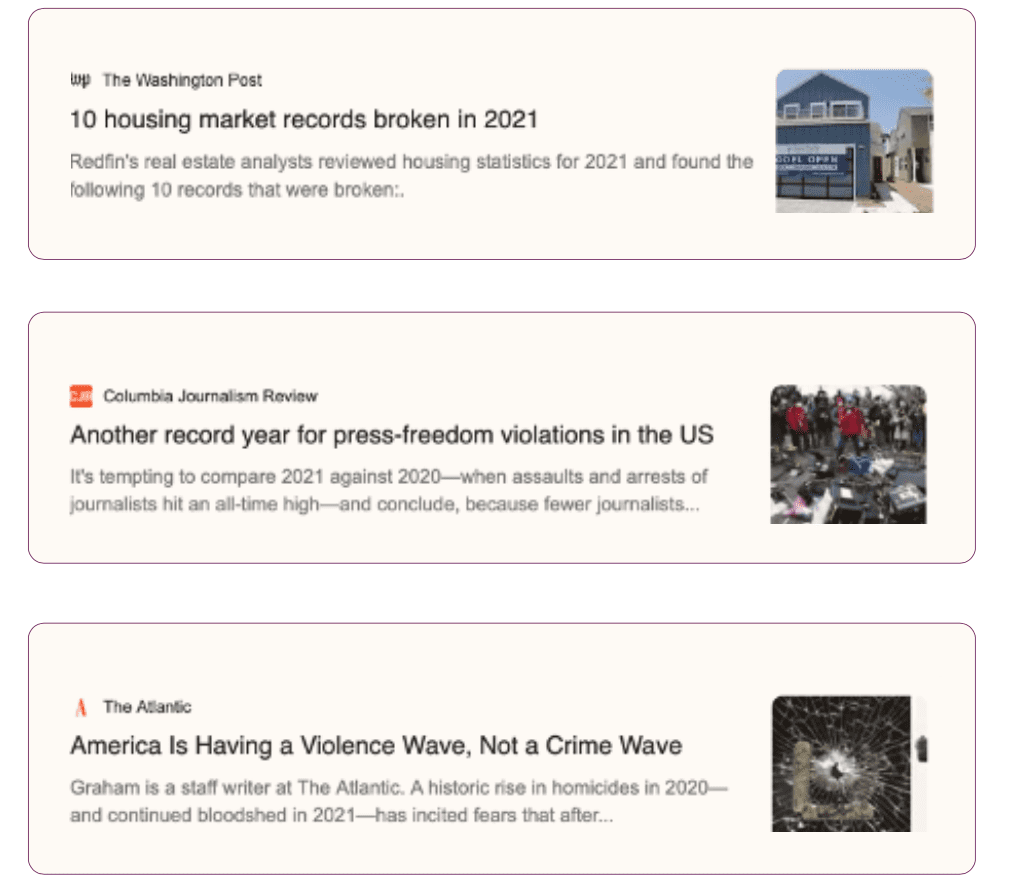
How Excessive is Excessive in Financial Markets?
In the past six months, I have written several times about the risks and anomalies we see in financial markets. However, these extremes are so excessive, they dwarf the levels of 2000 and 2007. Here’s a list of some of the records that were broken during 2021, as compiled by Elliot Wave International:
- Equity valuations, market cap to GDP, earnings, book value, sales and others
- Valuations for money-losing tech companies
- NASDAQ/S&P500 volume ratio, more than double the ratio in the dot com period
- Margin debt level as people borrowed to own more stocks
- Retail money market positions as a percentage of the S&P500 market cap
- Low cash holdings in mutual funds. Historically at market tops, mutual funds holdings were around 4%. Today they are at 2%.
- 20-year record low in Put/Call volume ratio indicating excessive optimism about stocks
- Call options premiums more than four times the levels of 2000 and 2007
- Trading volume in penny stocks
- Positions in levered long ETFs
- 12:1 ratio between IPOs of money-losing companies versus money-making companies
- Valuations for companies with earnings lower than their debt interest payments
- Amounts of money to SPACs from investors pouring money in before knowing what investment the vehicle will be making
In addition, these records were also broken:
- Insiders’ stock selling vs. buying ratio according to Bloomberg
- Record percentage of money managers taking higher risks than normal according to the Bank of America Global Fund Managers Survey
- Record US household equity allocations as a percentage of total financial assets according to The Wall Street Journal and JP Morgan
Connecting the Dots
Risk is a socially defined phenomenon. At times we can notice a change in collective behavior that is part of a larger trend of changing risk appetites. While it is usually easiest to assess appetite for risk-taking by looking at financial markets, during major events we can sometimes observe a parallel change in other areas of society that increases the validity and importance of the trend. I believe what we have been seeing in financial markets and in society in 2021 is an indication of an extreme wave of risk-taking that might be peaking. Extremes never last because they are extreme. If there is a real increase in society’s willingness to take higher risks, for whatever reason, it could have vast implications when the trend changes course. We must consider if the current structure of financial markets — and indeed our own portfolios — are built to handle a sharp pendulum swing in the other direction. Risk management must be top of mind for investors in this market environment as this cycle progresses.
Omnia Family Wealth, LLC (“Omnia”), a multi-family office, is a registered investment advisor with the SEC. This commentary is provided for educational and informational purposes only. It does not take into account any investor’s particular investment objectives, strategies, tax status, or investment horizon. No portion of any statement included herein is to be construed as a solicitation to the rendering of personalized investment advice nor an offer to buy or sell a security through this communication. Consult with an accountant or attorney regarding individual tax or legal advice.
Advisory services are only offered to clients or prospective clients where Omnia Family Wealth and its representatives are properly licensed or exempt from licensure. Information in this message is for the intended recipient[s] only. Please visit our website https://omniawealth.com for important disclosures.
This content is provided for informational purposes only and is not intended as a recommendation to invest in any particular asset class or strategy or as a promise of future performance. References to future returns are not promises or even estimates of actual returns a client portfolio may achieve.

